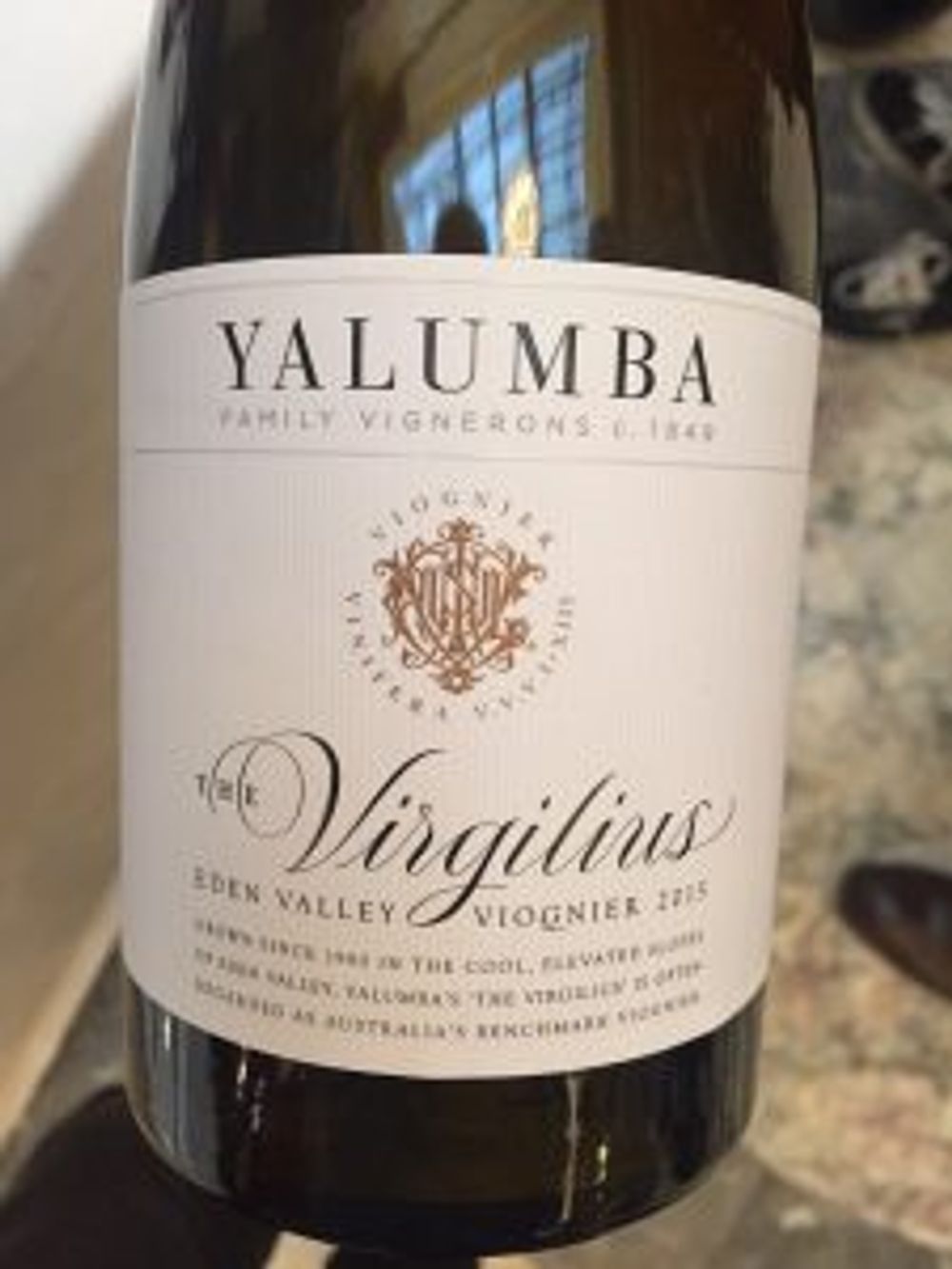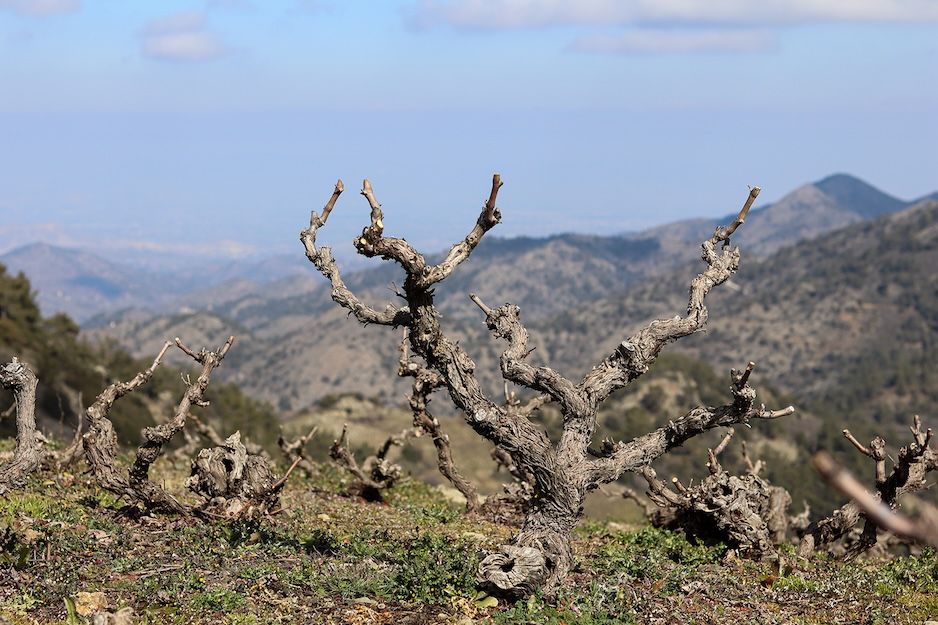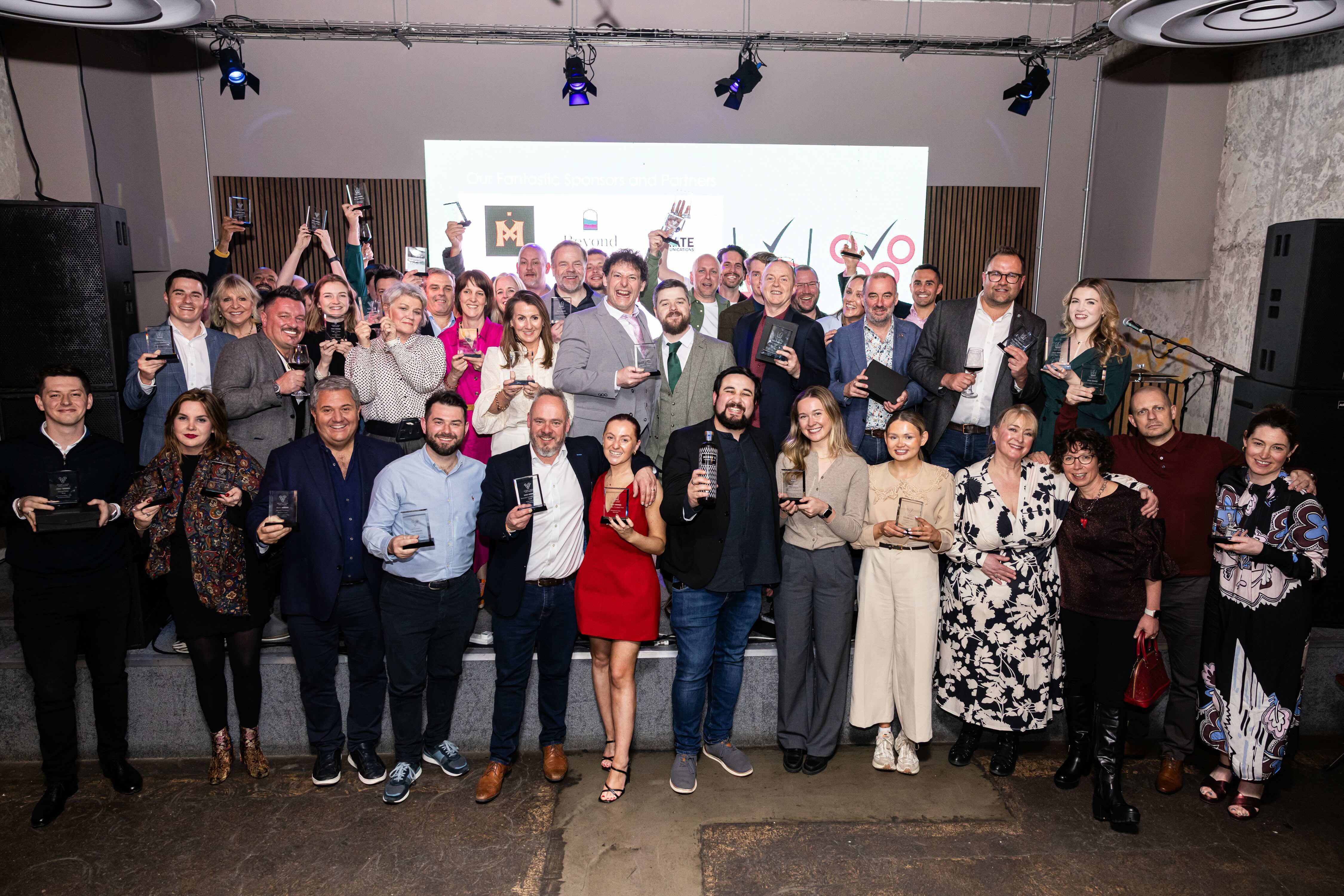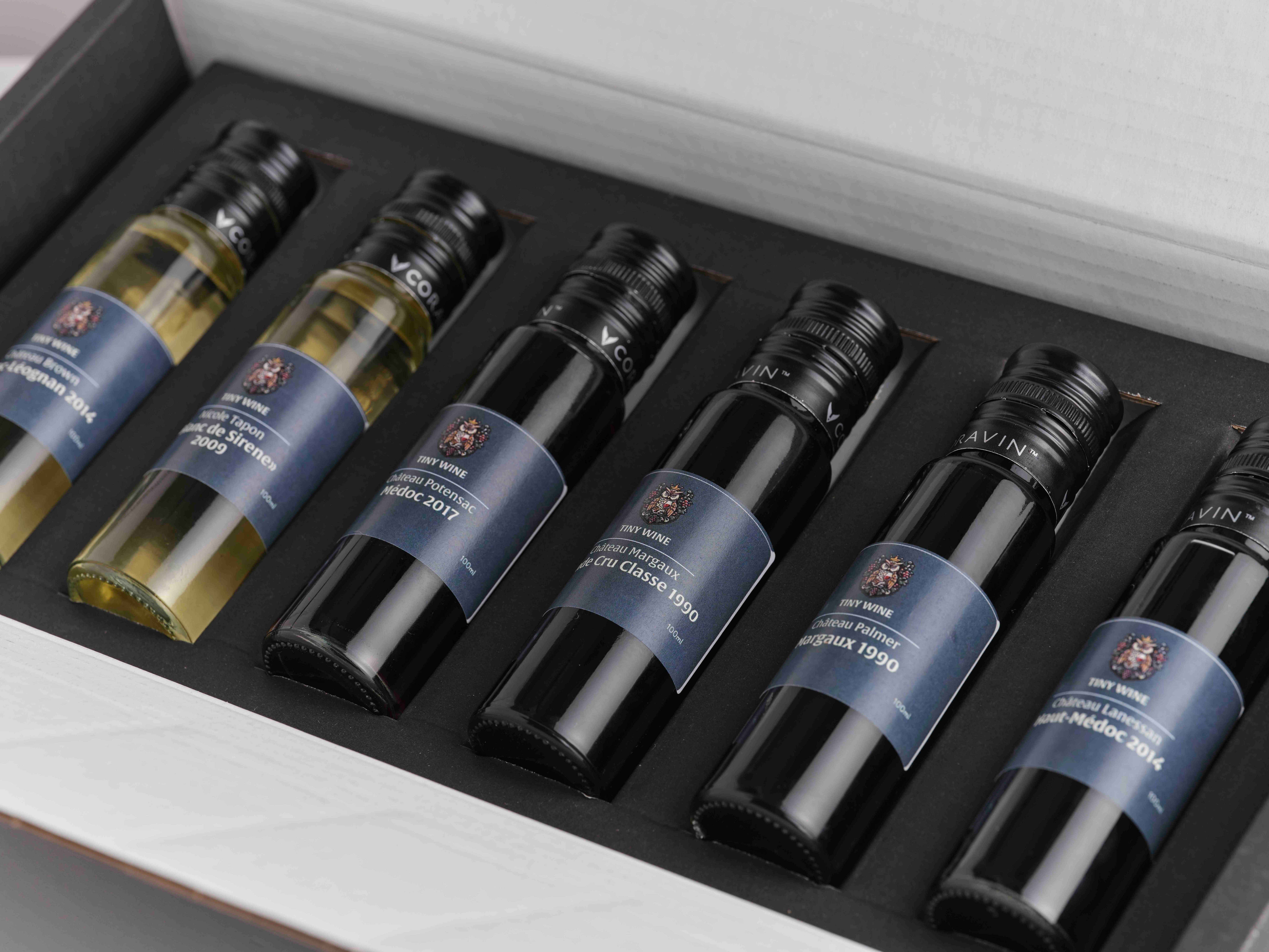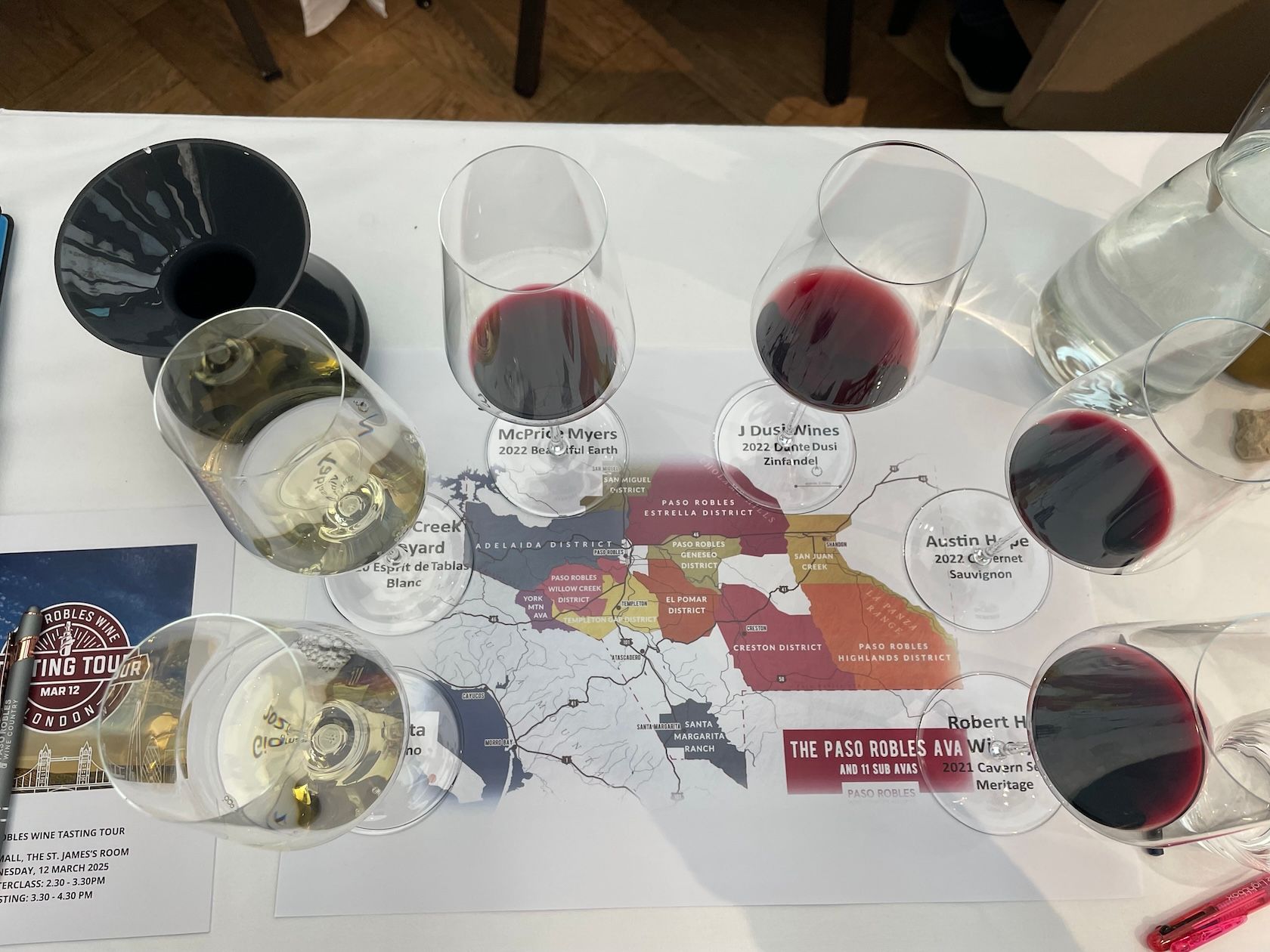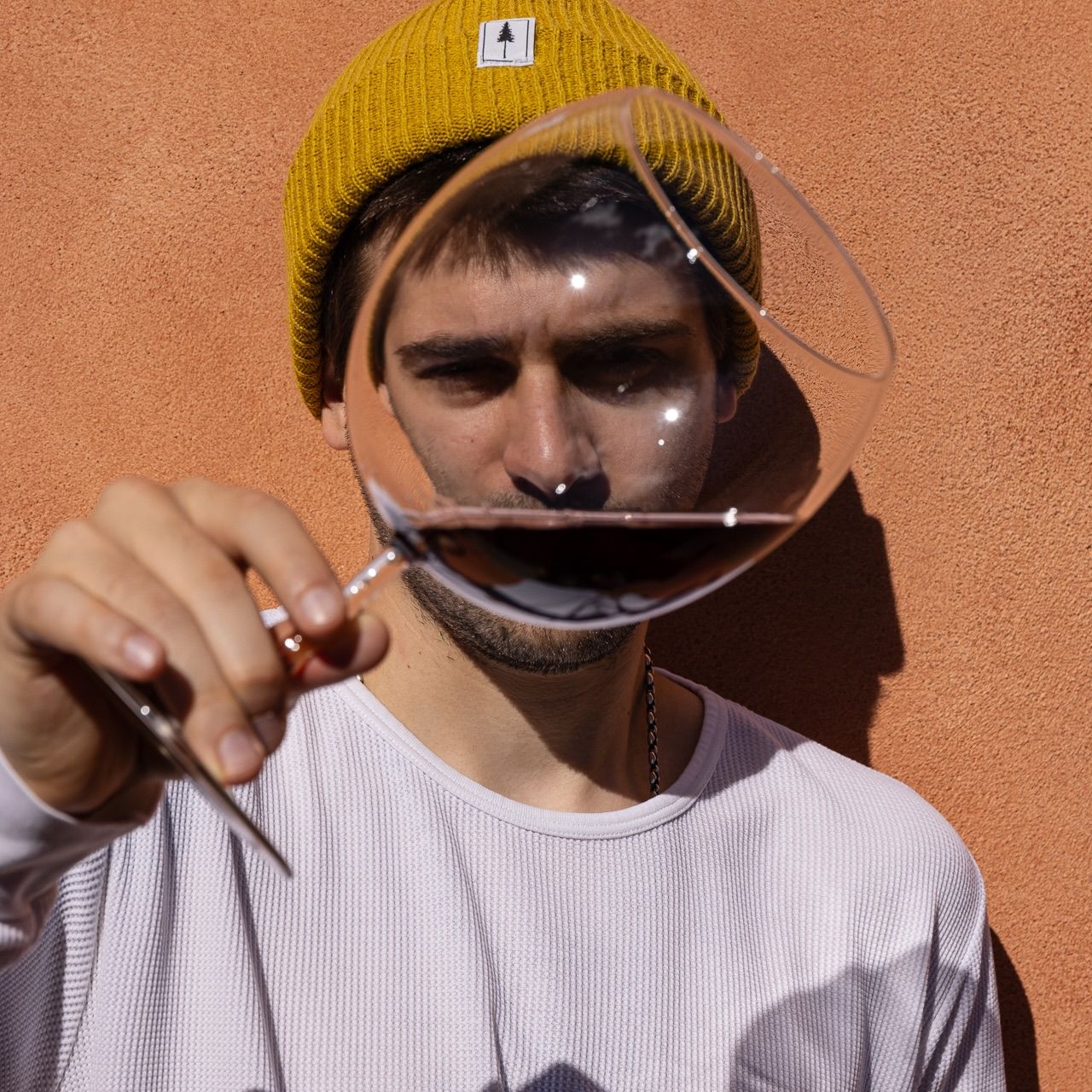We pick out eight wines from the Women in Wine tasting including a Nebbiolo from Henschke, a Pinot Noir from Yarra Yering and a classic Muscat from Stanton & Killeen.
The room was split. Not between men and women (for once, and very refreshingly for an industry tasting, there were more women in the room than men), but between those who thought that pigeon-holing winemakers by gender was a good idea or not.
Of the winemakers, fellow tasters and UK importers I spoke to at the recent Australian Women In Wine tasting in London there were two distinctive and polar points-of-view on offer:
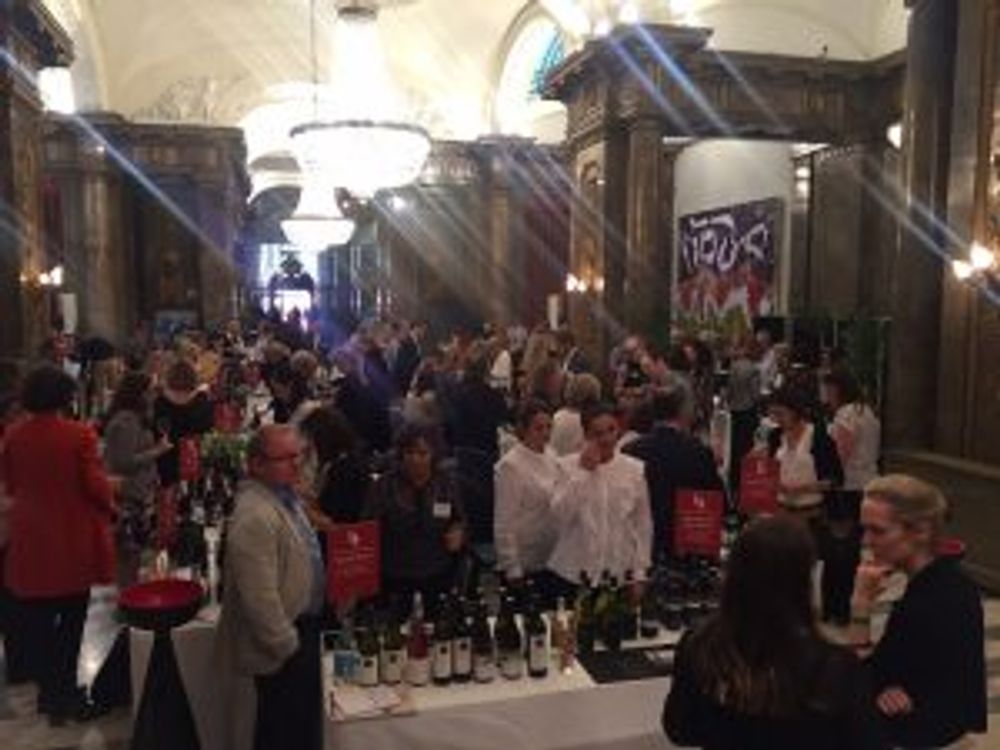
- We work in a male-dominated industry where female winemakers and winery workers witness first hand sexism and inappropriate behaviour while getting on with their work. This tasting and the Women in Wine movement is a breath of fresh air and a chance to promote female winemakers and their wines out of the shadows of the very macho, male-dominated Australian wine scene.
- Grouping disparate and largely unrelated wines under one roof just because they have been made by women is an awkward way of doing things. It doesn’t let the wines speak for themselves.
The first viewpoint was backed up by a number of winemakers I spoke to, with stories about how female winemakers have to work harder than their male counterparts just to get noticed and even when they have proved themselves they can be subject to chauvinistic and sexist language in the workplace.
It’s a sad state of affairs that this is still the case – and not just in Australia, of course, as Mike Turner’s recent ‘Wonder Women’ feature for The Buyer shows – and no-one was suggesting for a moment that it’s a level playing field for both genders.
What upset some people was that they felt that the wines on show should be judged on merit regardless of who made them, and by putting them under a ‘women in wine’ umbrella there may be pre-conceptions (positive and negative) about the wines before a sip had been taken.
It’s certainly a complex issue but talking about these problems can only be positive, so hats off to The Fabulous Ladies’ Wine Society and Wine Australia for continuing the debate.
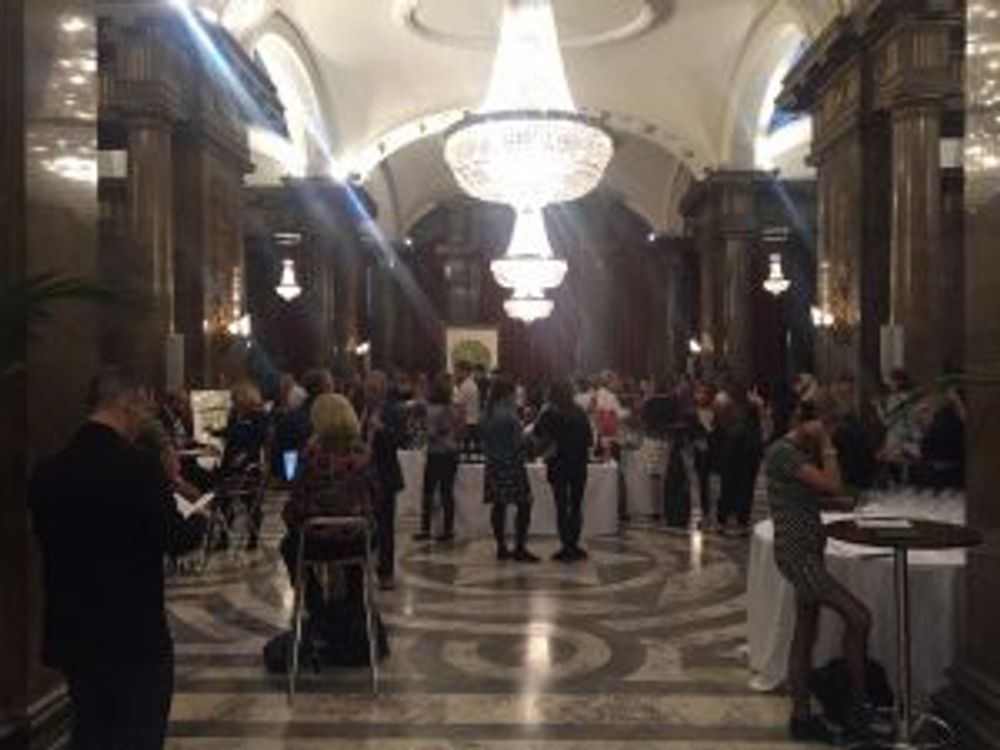
The tasting itself proved to be a huge success; it was a fantastic opportunity to taste some seriously well made wines, many from lesser-known producers and sub-regions we don’t regularly see in the UK.
For many attendees it offered the chance to taste wines that they’d never come across before (at the large Wines of Australia generic tasting or smaller regional or variety-focussed events), and it was this that made it such an interesting event.
It was a joy to chat to the winemakers too and hear their stories; some were about the gender-related problems facing the industry, most were not, but everyone had a story to tell about their wines.
Here’s a handful of knock-out wines from the tasting and a few of those stories…
Bellarmine Wines, Bellarmine ‘Half-Dry’ Pemberton Riesling, 2014 (Thos Peatling Fine Wines)
This German-owned winery specialises in cool climate wines and, with a nod back to Germany, it produces a string of Rieslings in various styles. The standout is the half-dry version which is waxy, zesty and chalky in equal measure. The waxy lemon helps to tame the 25 g/L residual sugar, giving it a punchy fresh finish. This is listed in Nobu and you can see why, it’s the perfect foil to Asian spiced food.
Yarra Yering, Yarra Valley Pinot Noir, 2015 (Caviste)
The labels for this Yarra Valley winery are iconic and haven’t changed since the first vintage in 1969. The wines have changed over time, and the recent changes are down to winemaker Sarah Crowe’s decision to use less new oak in the red wines to let the fruit take a more prominent role. This is evident in the Pinot Noir which is silky and supple with striking floral aromas and crunchy red fruit on the palate.
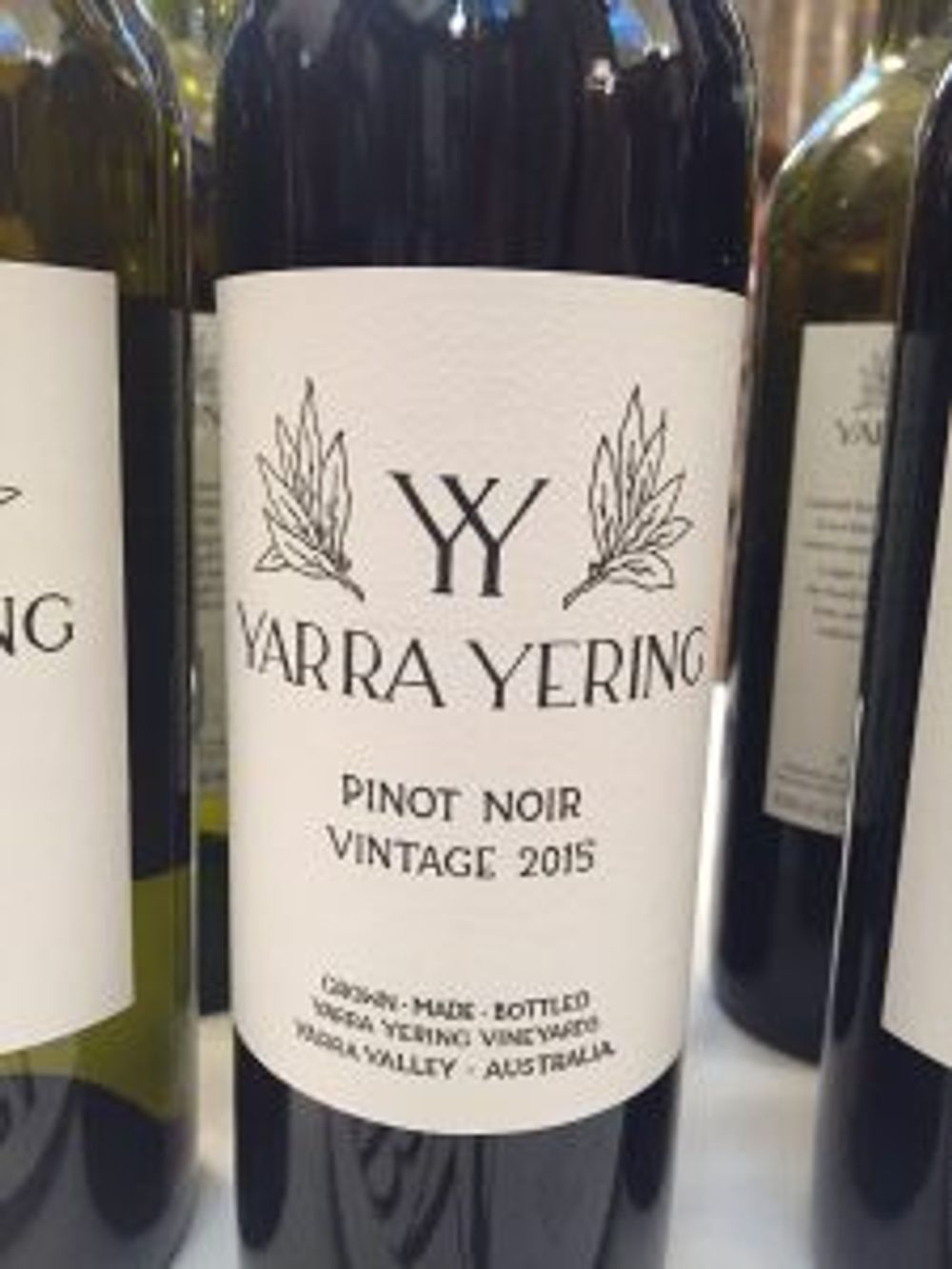
The winery reckons that 2015 was the best year in Yarra since 2004 and on this evidence they are spot on.
Stanton & Killeen, ‘Rutherglen Classic Muscat’ NV (ABS Wine Agencies)
Rutherglen Muscat used to be Australia’s flagship wine and style but gets lost these days among the plethora of dry table wines on offer. Stanton & Killeen continues to fight its corner with a portfolio of focused, world-class stickies, including the Classic Muscat which is rich and textured with a salty nose, viscous mouthfeel and barley sugar sweetness that’s long and floral.

Fox Gordon, ‘The Dark Prince’ Adelaide Hills Nero d’Avola 2016 (HDN Wines)
Not sure if this is named with a nod to Brummie rocker Ozzy Osbourne or not, but The Dark Prince demonstrates once again just how well Italian varieties can perform Down Under if planted in the right place and looked after in the vineyard and winery. This is fresh and delicate with an incredible back palate of biscuit and bitter toffee to complement the clean raspberry and red plum fruit.
Five Geese, ‘Sue’s Paddock Reserve’ McLaren Vale Grenache, 2012 (Tilley’s Wines)
Blewitt Springs, which is part of the McLaren Vale district, is a new one on me but vines have been here for almost a century. Some of the fruit for this wine comes from vines planted in 1927 which must have an influence on the blackcurrant, liquorice and boiled lolly characters here. There’s a complexity and structure too which appeal and a big, bold finish.
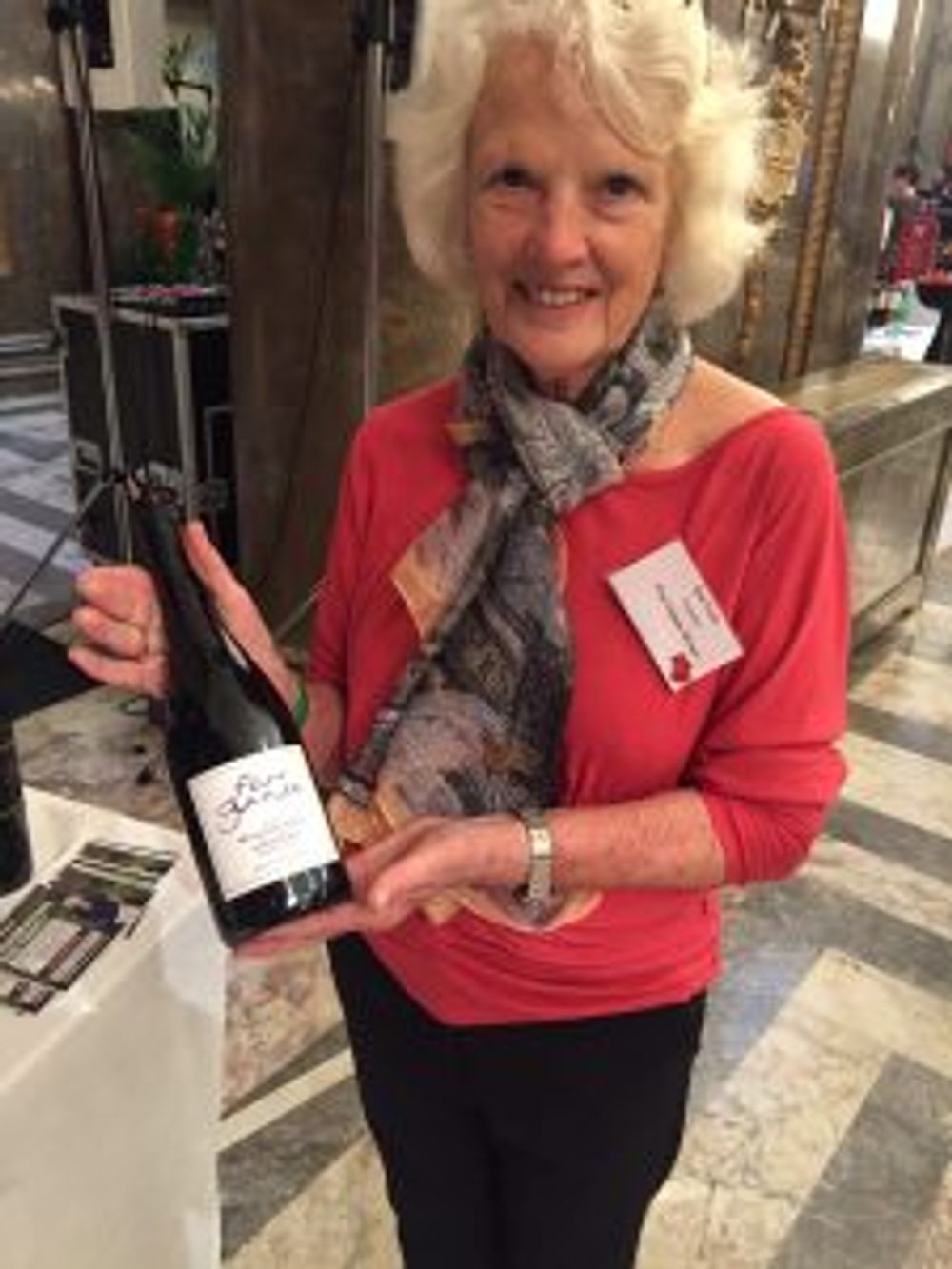
Penny’s Hill, ‘The Experiment’ McLaren Vale Grenache, 2016 (Barwell & Jones)
This is called The Experiment because in the vineyard old vines are trained onto a modern trellis system to reduce vigour and increase concentration. There’s certainly concentration; cherry and plum fruit dominate the generous palate and the mellow tannins give it a rich, rounded edge.
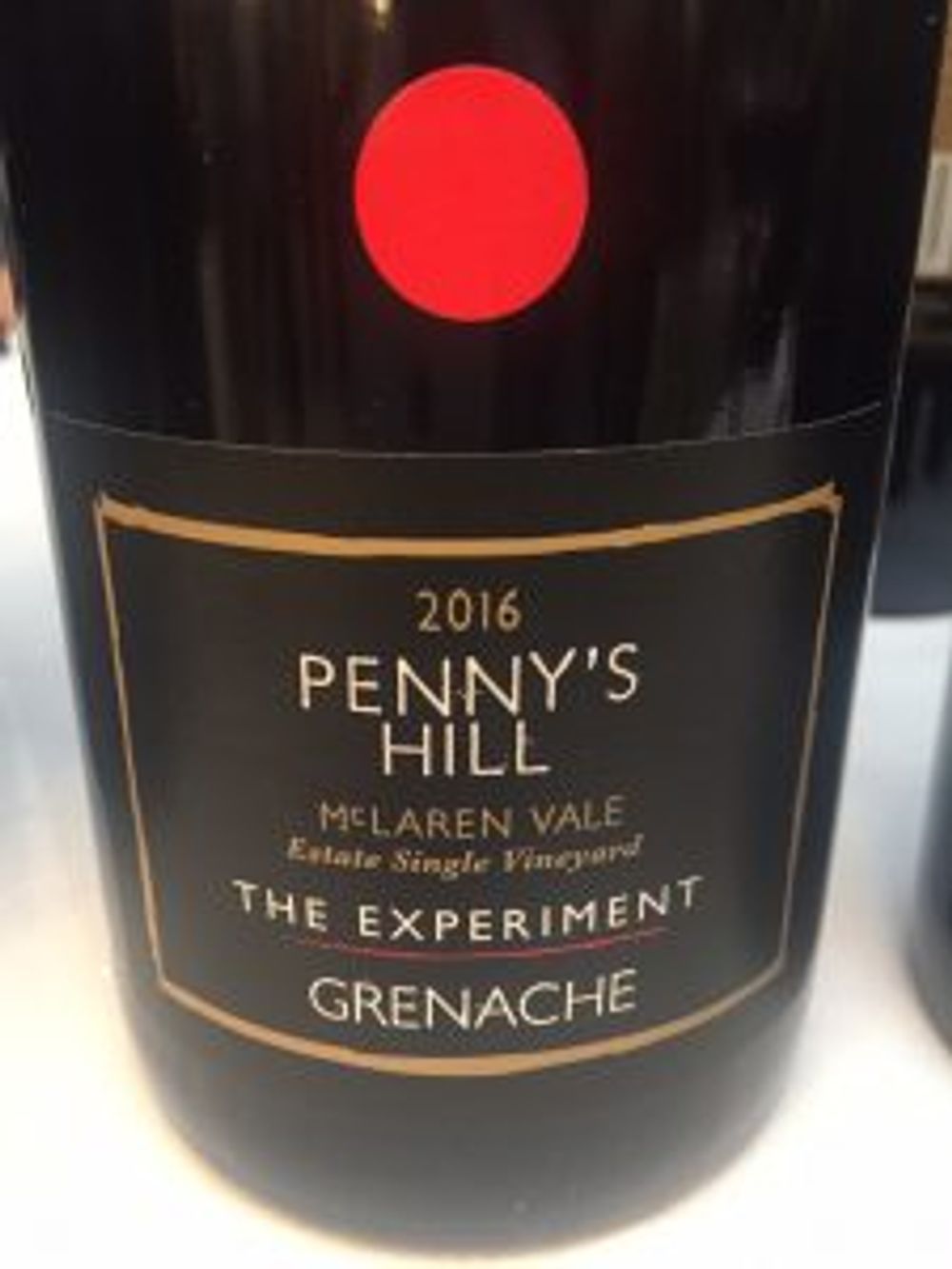
Henschke, ‘The Rose Grower’ Eden Valley Nebbiolo, 2013 (Enotria & Coe)
All seven wines on the Henschke table were delicious, but if I had to choose one it would be the exceptional Eden Valley Nebbiolo. The fruit comes from King Valley – an area where Italian Australians used to grow tobacco but now grow grapes. Grapes from these 20-year-old vines spend 60-70 days on the skins during and post-fermentation producing an ethereal, perfumed wine with incredible purity. Straight out of the top drawer.
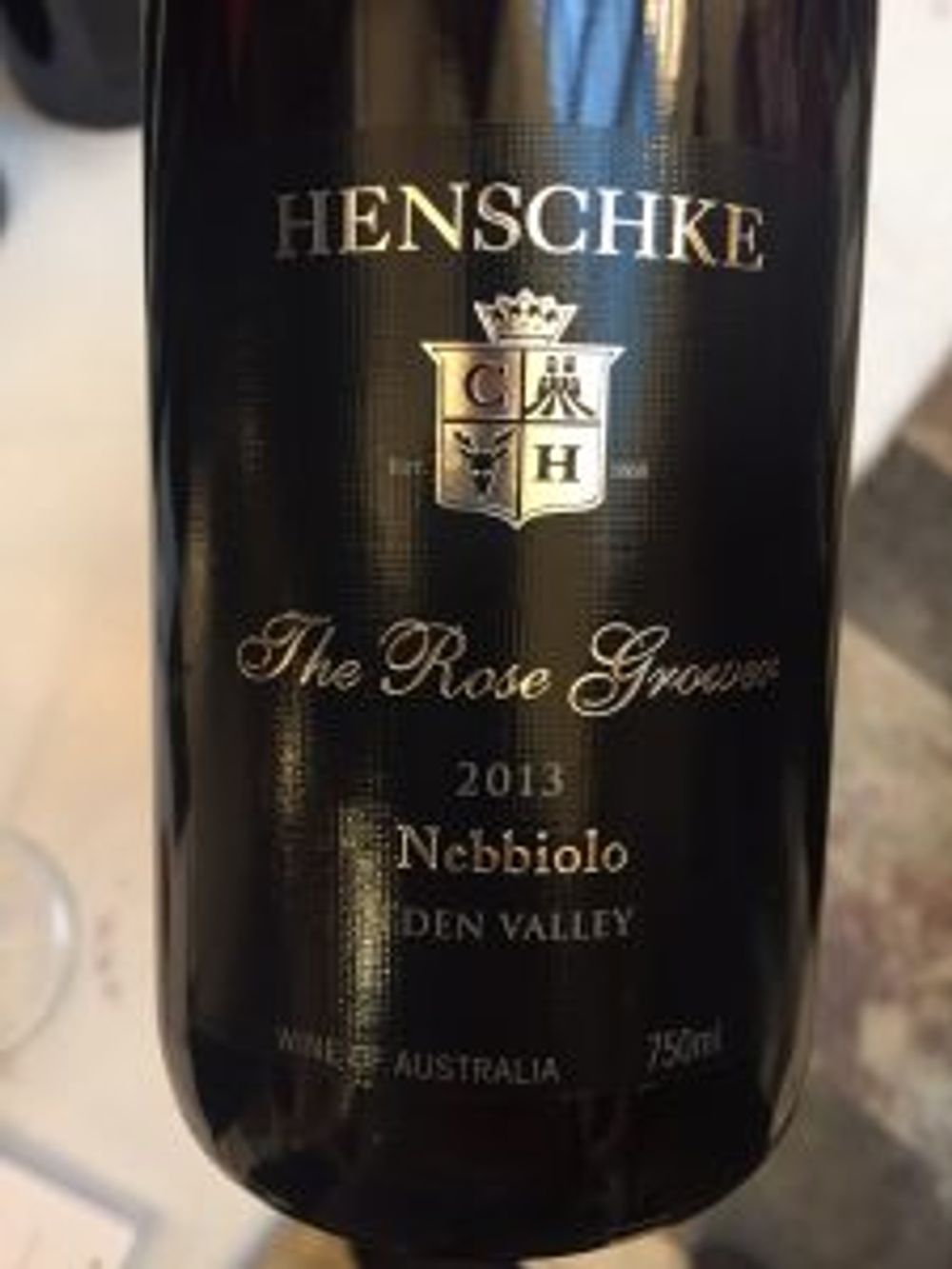
Yalumba, ‘The Virgilius’ Eden Valley Viognier, 2015 (Negociants)
This signature wine from Australia’s oldest family-owned winery never fails to impress. The 2015 vintage is delicate and focussed with stone fruit, ginger and a clean, mineral finish. The fruit sees a little bit of oxygen pre-fermentation to release some of the unwanted phenolics, which tones down the overblown, tropical and perfumed notes often associated with Viognier. A delight.
